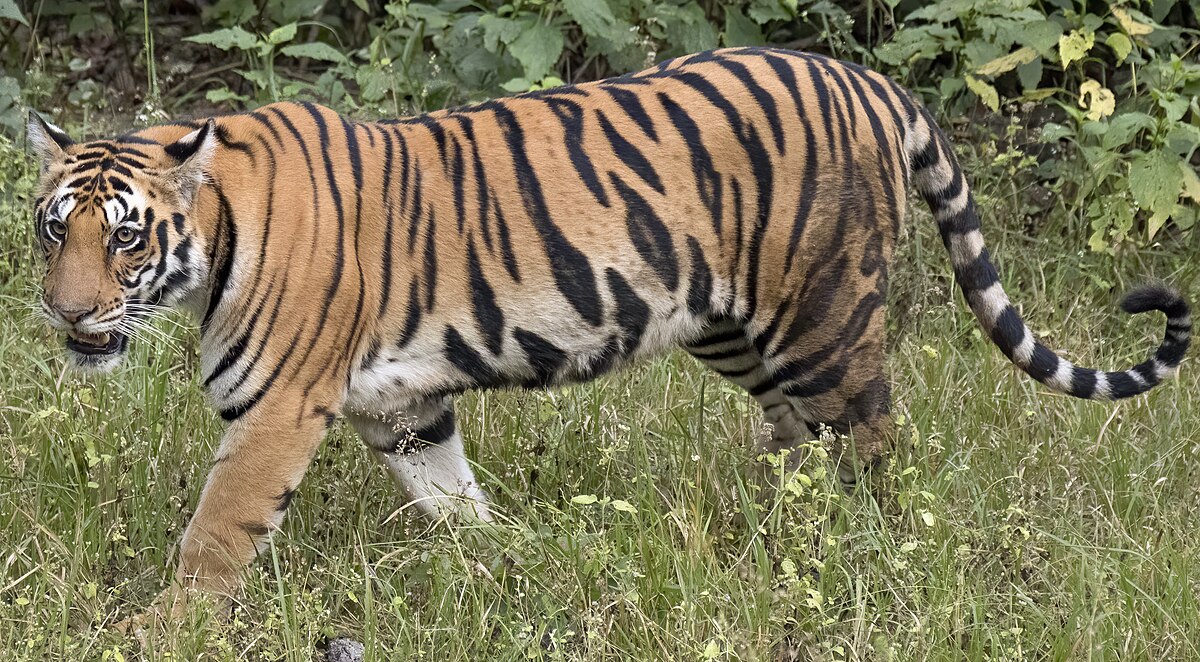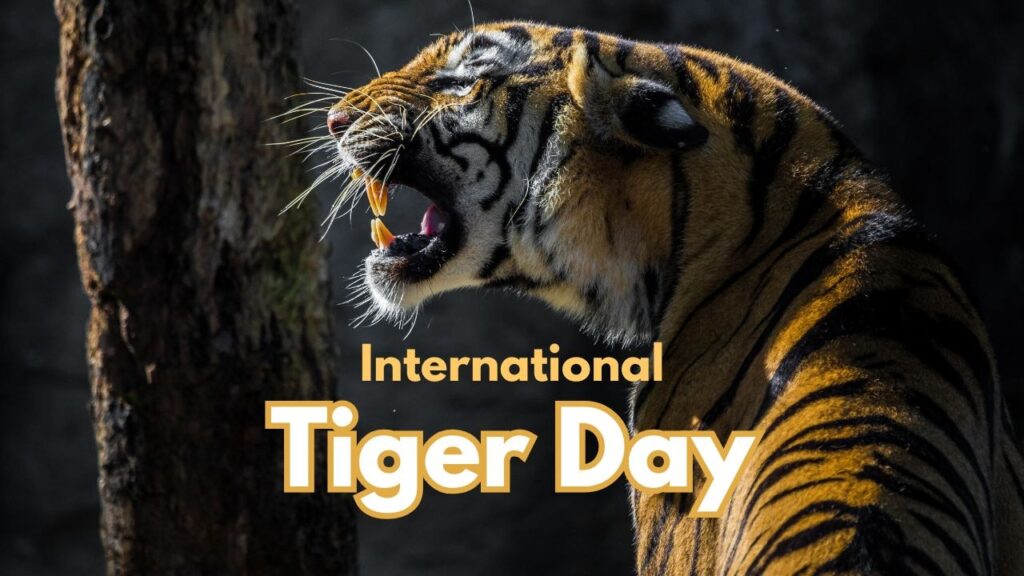Every year on July 29, the world unites to observe International Tiger Day, a poignant reminder of our collective duty to protect one of nature’s most iconic and endangered species — the tiger.
This year, Global Tiger Day 2025 echoes louder than ever as conservationists, governments, students, and wildlife lovers come together to celebrate progress and reignite action. Born out of urgency in 2010 at the Saint Petersburg Tiger Summit, this annual event aims to highlight the plight of wild tigers — majestic apex predators that have seen their populations decimated by over 95% in the last century.
From once roaming freely across Asia, tigers now survive in a few protected pockets. Today, only about 3,000 remain in the wild — a number too small for comfort.
A Roar Heard Around the World
Thirteen tiger-range countries including India, Russia, Bhutan, Nepal, Bangladesh, and Malaysia pledged at the 2010 summit to double the wild tiger population by 2022, a mission known as the Tx2 target. While significant progress has been made in countries like India — now home to the world’s largest tiger population — the fight continues across the globe.
The theme for 2025, to be announced by the Global Tiger Forum, is expected to steer awareness campaigns, wildlife education, and school programs across continents. Past themes like “Roar for Tigers” and “Save Tigers, Save Forests, Save Life” continue to inspire communities and conservationists alike.

Students: The Future Guardians of the Wild
Schools and educational institutions play a pivotal role in shaping the next generation of environmental stewards. From tree-planting drives and wildlife film screenings to interactive lessons on biodiversity, International Tiger Day acts as a gateway for students to understand and engage with ecological responsibility.
Subjects like “Conservation of Plants and Animals” help bridge the gap between learning and doing, encouraging students to think beyond the classroom and into the wild.
Why Tigers Matter More Than Ever
Tigers are keystone species, meaning their survival supports entire ecosystems. As top predators, they regulate prey populations and help maintain ecological balance. Their forests are carbon sinks, water catchment areas, and cradles of biodiversity — protecting tigers is protecting our own future.

In India, the tiger isn’t just an animal — it’s a symbol of national pride, heritage, and mythology. The Royal Bengal Tiger, India’s national animal, carries cultural, spiritual, and ecological significance. Saving it is not only a wildlife goal — it’s a national duty.
Let the Roar Continue
As we mark International Tiger Day 2025, let’s remember: this isn’t just about protecting a species. It’s about preserving the harmony of nature, empowering future generations, and ensuring that the forests echo with the roar of the tiger, not its absence.
Let this day be more than a celebration — let it be a movement.


